THE WINE MAKING OF CAVA
Behind the wine-making process, there is a handcrafted work with innovative oenological techniques. We combine tradition and knowledge
VINEYARDS
The vineyard, when it comes of age, achieves a balance between the vegetation and the fruit production that allows maximum, homogenous quality throughout all the production The vineyards from which we base our cavas are closely cared for throughout the year: from the winter pruning, to green harvesting, we aim to achieve balanced and healthy vineyards that produce top-quality grapes. Most of the vineyards are family owned, but we also work with trusted growers with whom we have developed long-term, trusting relationships that share our passion for quality. The grapes are the starting point for us, and it is essential to ensure their quality. Antoni Canals’ vineyards are organic or in process of certification. In the vineyard, we prioritize work by hand and the harvest is 100% done by hand.
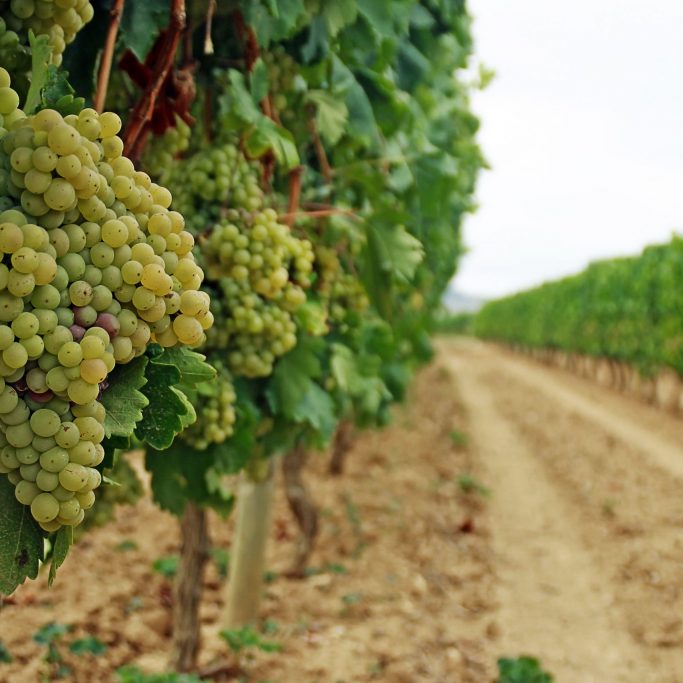
WINE MAKING AND BLENDS
Each variety of grape is pressed individually Then the decanted must ferments in stainless steel deposits adapted for this purpose. In the case of Xarel·lo of Brut Cupada Selecció, the fermentation is carried out in oak barrels. In both cases, the wines ferment at a controlled temperature to guarantee quality. When the wines have finished alcoholic fermentation, we allow gravity to settle the wines, where the solid “lees” sink to the bottom and thus the wines are ready for the next step, the blending. We will make the different blends, preparing the adequate proportion so that each cava can achieve the characteristics we are looking for, such as structure, acidity, aromatic profile to obtain the desired personality. All of these processes are always under the supervision of the oenologist.
TIRAGES - BOTTLING
The bottling of the wine is done between January and February, at which time we prepare the “tirages” of the different types of wine. We add to the base wine sugar, a clarifier based on clay, and an inoculum of yeasts carefully selected to achieve the second fermentation inside the bottle.
Once bottled, they are placed in the cellar by hand, in a horizontal position, underground with constant humidity and temperature From this moment, and during the next weeks, the second fermentation is carried out, a process that allows us to obtain the typical carbon dioxide gas of the cava. A bottle of cava contains around 12 g/l of this gas, which is released when it is served in the form of more than a million bubbles in each glass!
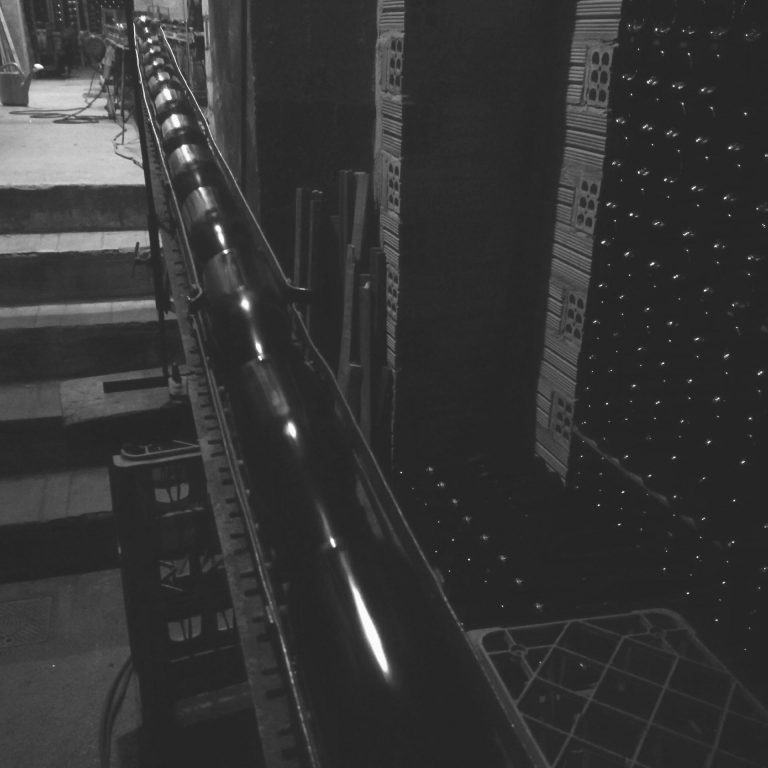
AGEING
Once the fermentation is finished, the ageing of the cavas begins. The duration of the ageing process depends on the type of product being produced, from a minimum of 12 months up to 48 months for the Gran Reserva Brut Nature The organoleptic profile of the cavas is defined by the interaction between the yeast and the wine that refine the palate and enrich the aroma.
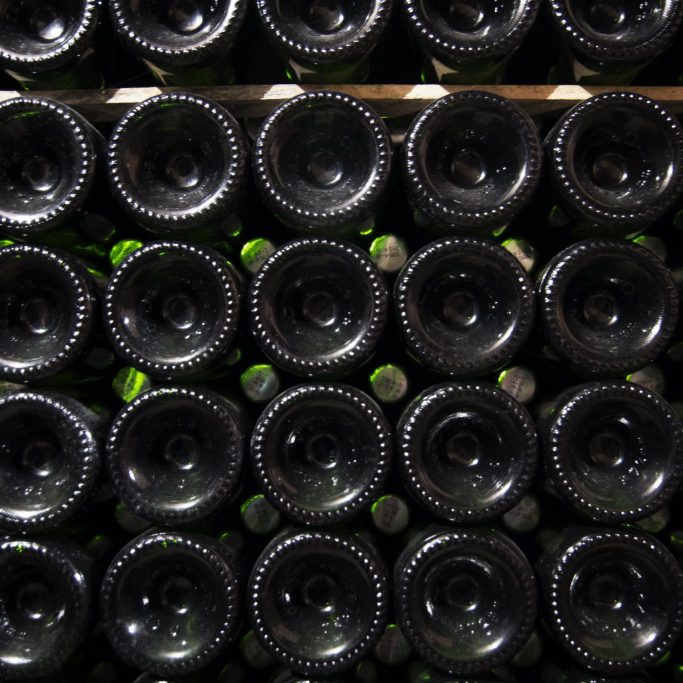
RIDDLING
Riddling the bottle is a process that aims to collect all the sediment in the neck of the bottle. It involves applying a mechanical movement to the bottle from the horizontal rack in which it has been during the ageing process to the vertical inverted position. The objective is to get the bottle clean of sediment by physically gathering the residue near the cork. This process can be either manual or mechanically by using giro-pallets.
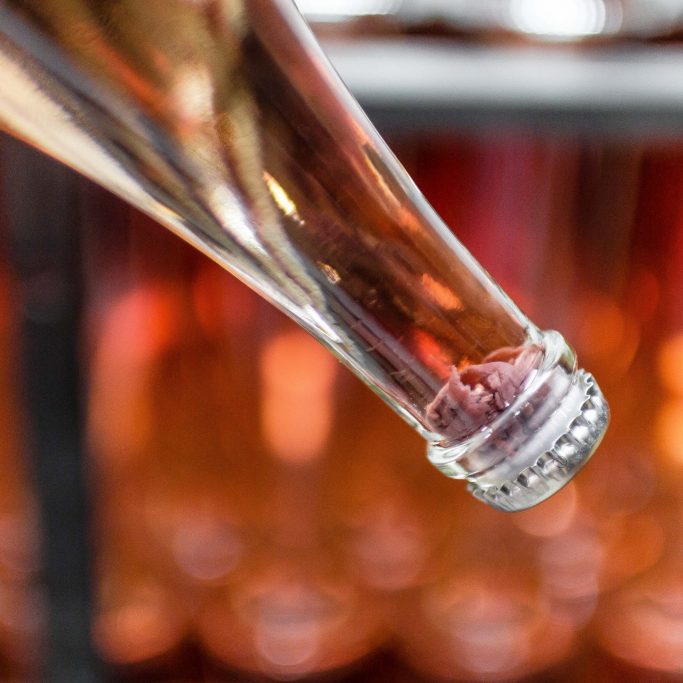
DISGORGING - DEGORGE
Disgorging is done with a mechanical arm by freezing the neck of the bottle. When the sediment is expelled, the “dosage”, or final blend of sugars, may be added depending on the style of Cava the winemaker wants to achieve. Finally the clean bottle receives the foil and cork, is labeled, and placed in cardboard boxes of 6 units.
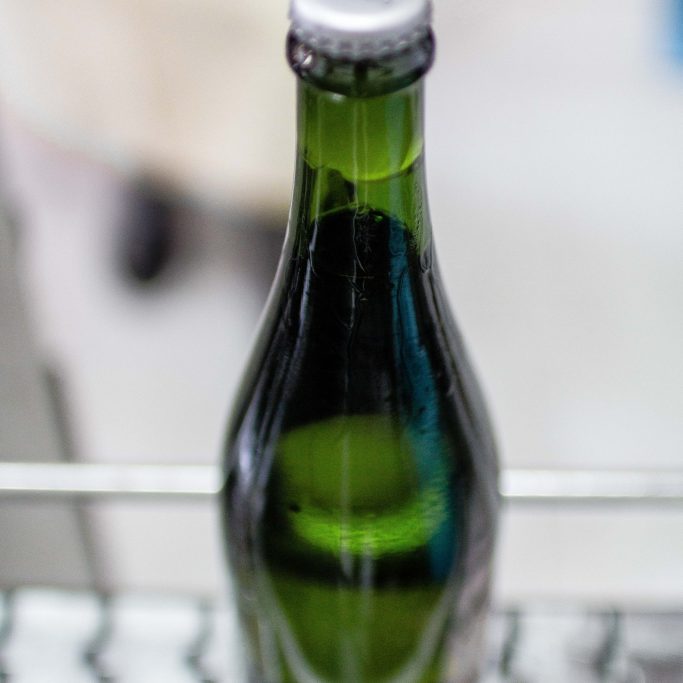
CONSUMPTION
The back label is printed with the date of disgorgement, and in the reserve cavas, we indicate the vintage. Once the disgorging has been carried out, it is advisable to consume the cava within a maximum of three years. It is important to keep the bottle of cava upright, preferably inside the box to avoid temperature changes. All of our cavas share a low aggressive acidity, which is combined with a soft, clean, and easy-to-drink palate.
We recommend using a fine glass, tulip-shaped, so that the glass closes at the top and with enough height to be able to appreciate the bubbly crown appearing on the surface.
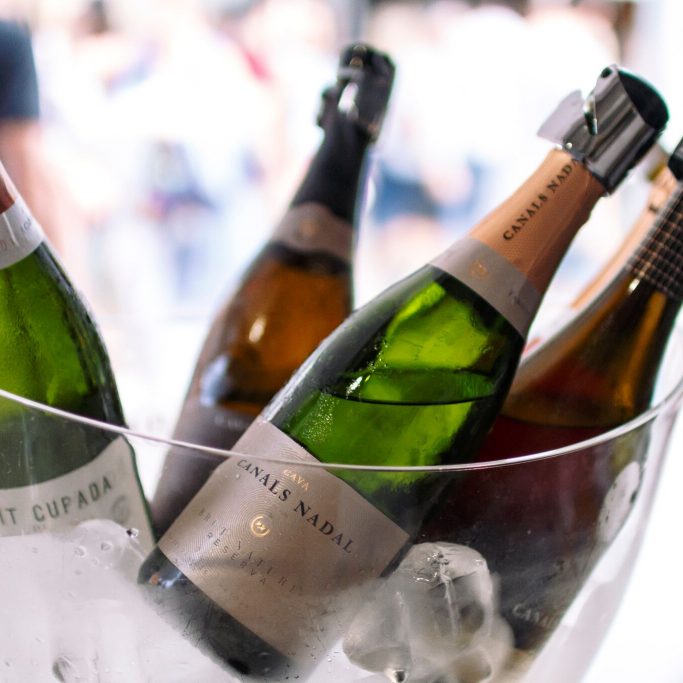
Behind the wine-making process, there is a handcrafted work with innovative oenological techniques We combine tradition and knowledge.

